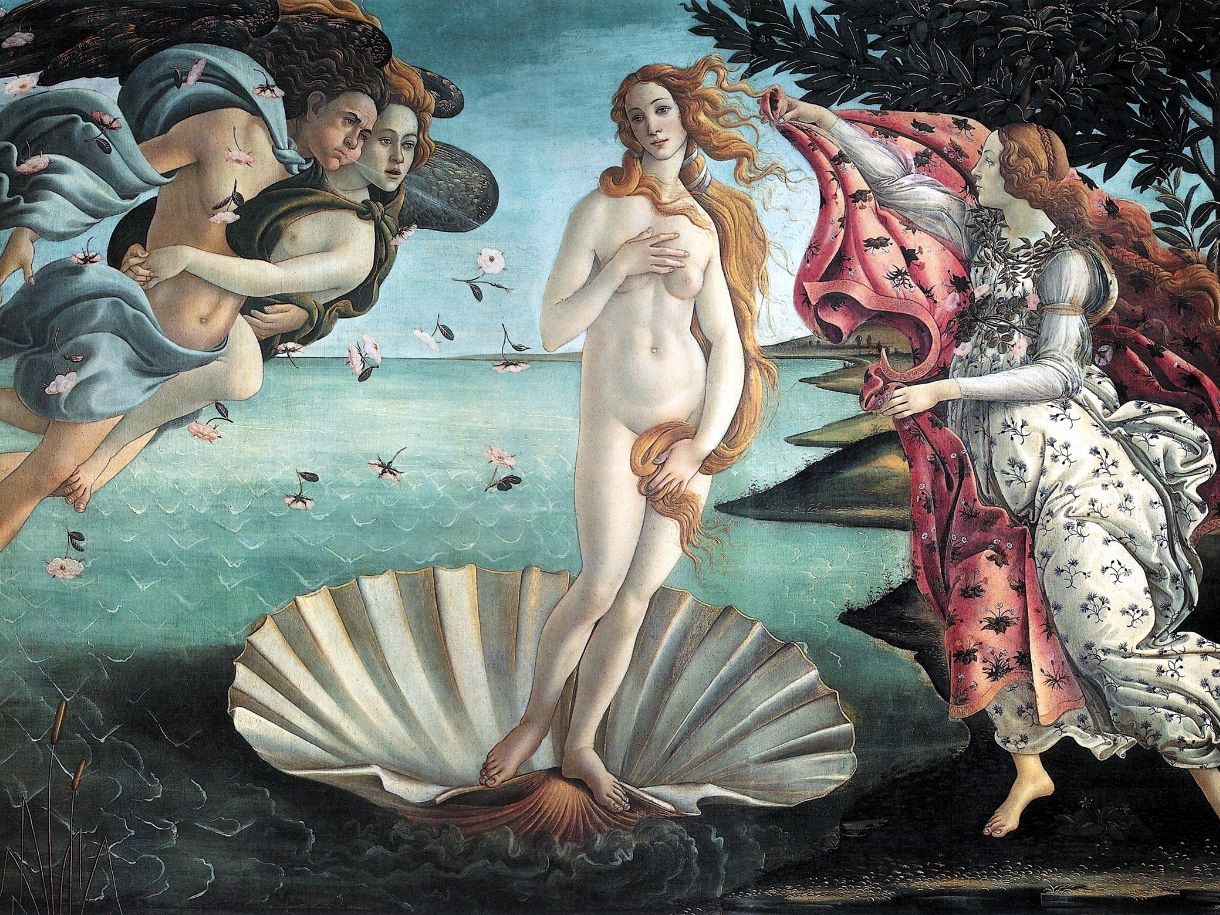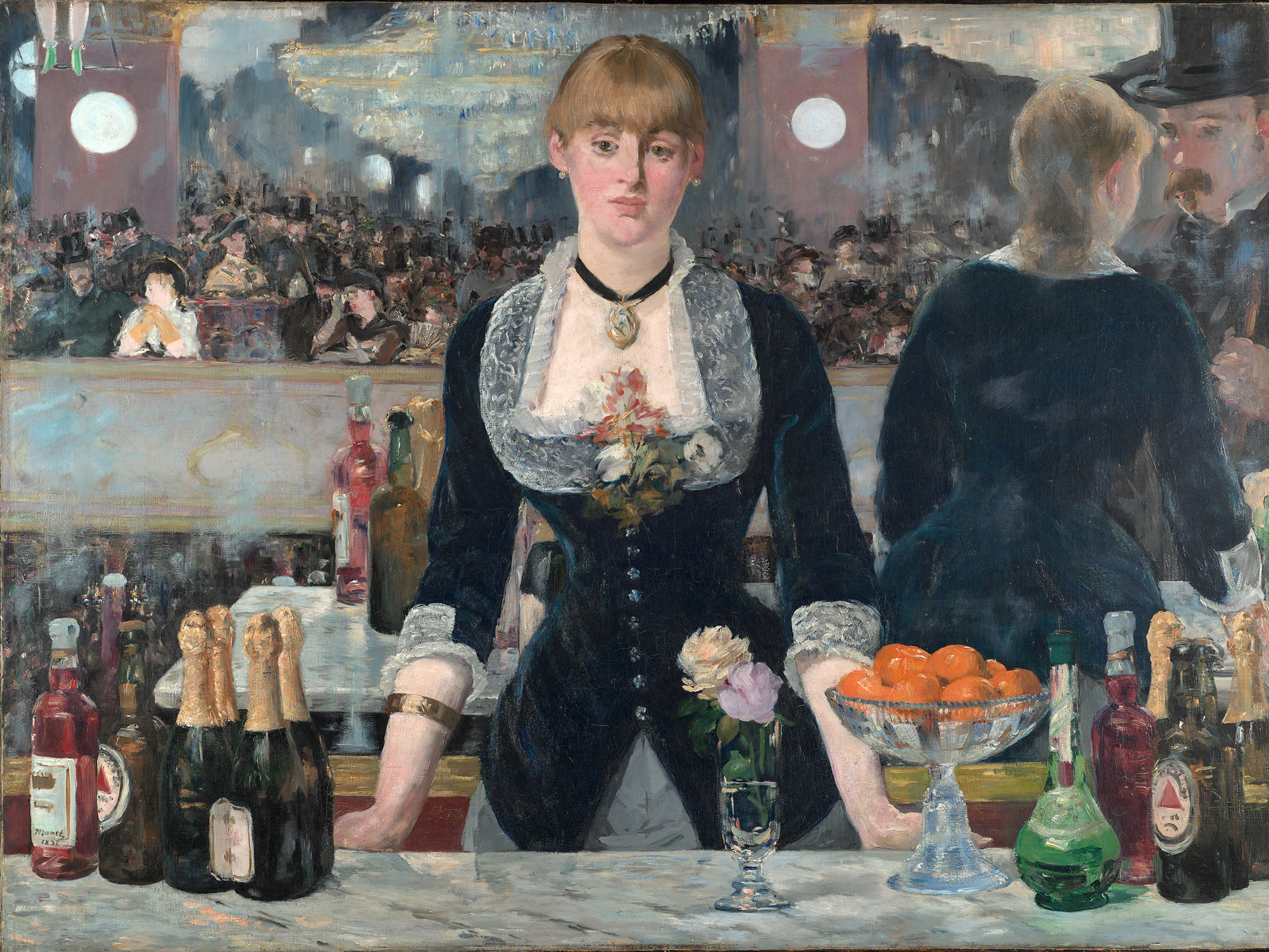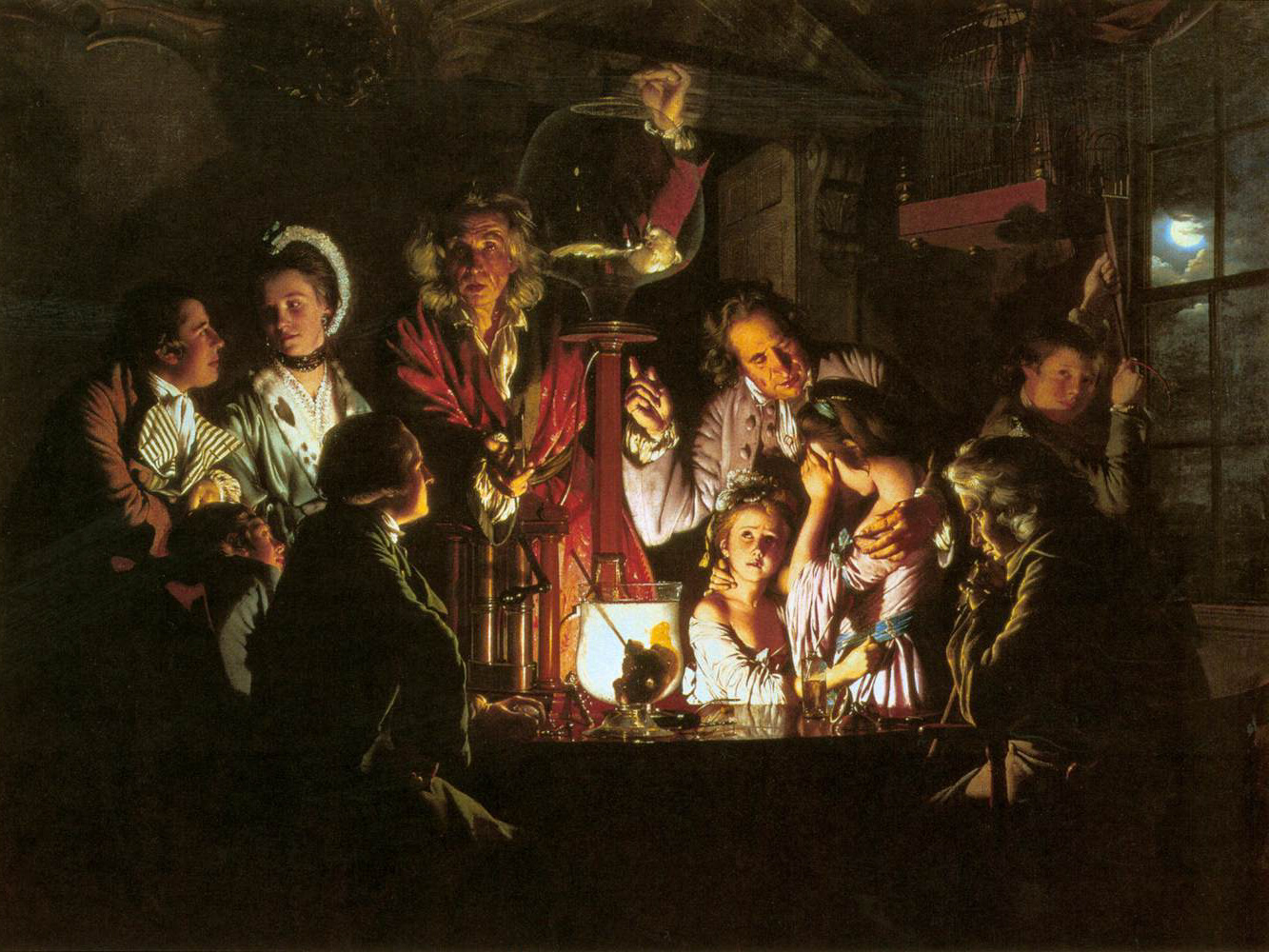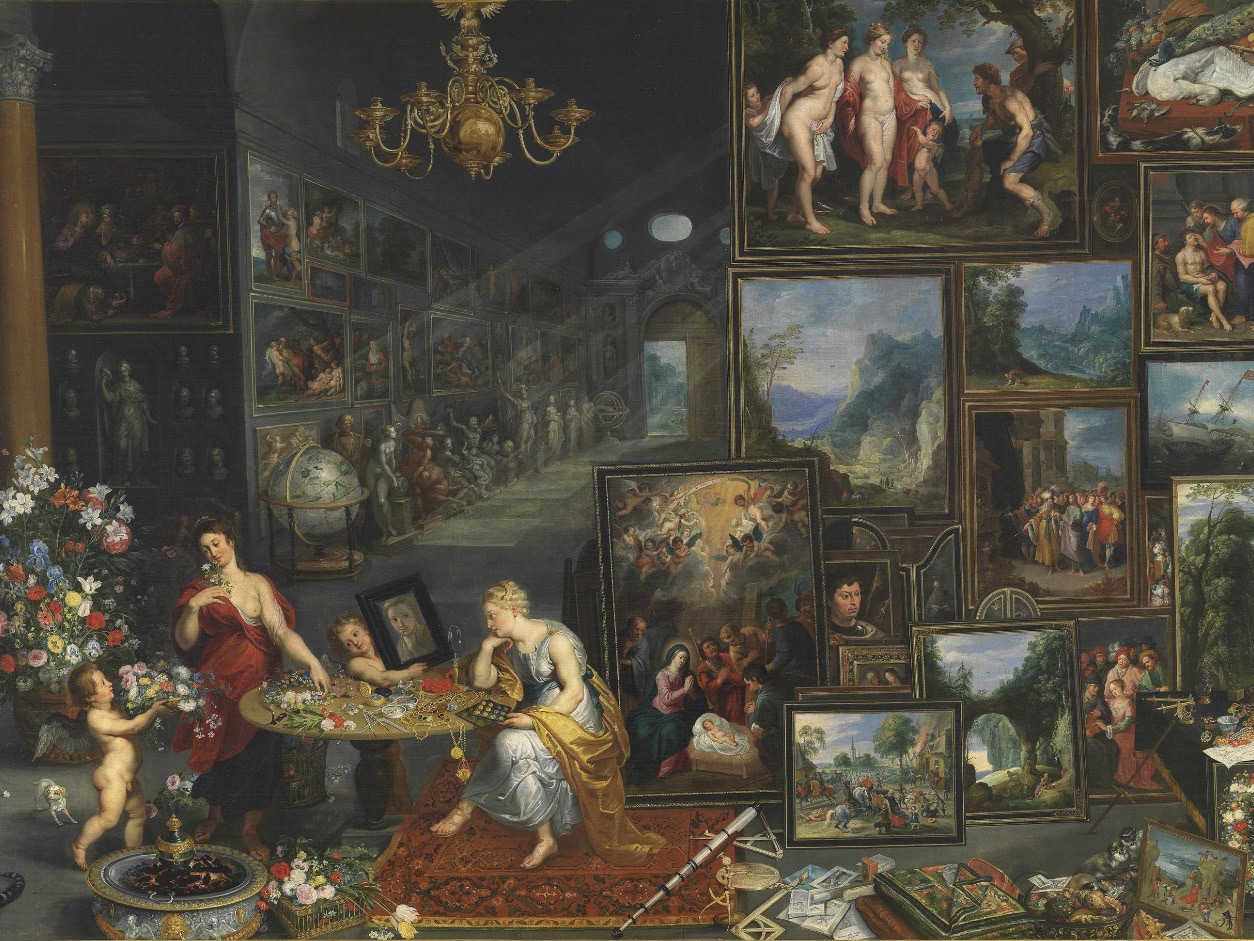Pueblo Picasso (1881-1973)
Picasso is one of the most famous and influential artists of the 20th century. Born in Spain in 1897, he went on to produce over twenty thousand works of art throughout his life. His most famous, and arguably his most political, was Guernica.[1]
In 1936, a civil war broke out in Spain, between democratic and fascist factions. Hitler’s potent Nazi air force lent support to the fascist forces by bombing Guernica, a small town in northern Spain with no strategic significance. The destruction was appalling, as it was the first saturation bombing of a civilian target. Picasso was horrified and painted Guernica as a monument to the brutal massacre. Eleven feet tall and twenty feet wide, the picture stands as one of the most powerful anti-war statements in modern history.
During the 1940’s Nazi occupation of Paris, a German soldier was said to have asked Picasso, “Did you do this?” while looking at a photograph of the painting.
“No,” Picasso replied. “You did.”[2]
Guernica, Picasso.
Courtesy of Laura Estefania Lopez. Creative Commons (BY-SA).
Georges Braque (1882-1963)
Born in 1880, Braque was the leading artist of Cubism, an artistic style where the shapes do not conform to the traditional rules of perspective, light, shadow, or color. The Analytic Phase of cubism praised the analysis of a piece and its meaning. In contrast, the Synthetic Phase noticed that organic materials, like wood and paper, had been incorporated into the canvas.[4] Bottles and Fishes exemplify these ideals. The painting depicts a series of bottles and fishes stacked on a plate, but so distorted to seem otherworldly, changing them from ordinary objects to extraordinary ideas.[5]
Bottle and Fishes, Georges Braque.
Courtesy of Wiki Art. Public Domain.
Salvador Dali (1904-1989)
Born in Spain, Dali would become one of the most important artists of the modern age with his technical, but highly unusual, paintings that epitomized Surrealism. Pictured below, The Persistence of Memory is the apex of his style, and it is one of his most famous works. There is an element of “What am I looking at?” that plays with perception and reality; the landscape seems to be free from time. The painting is very still and quiet—a natural environment with absurd details. The white object in the center is theorized to be an eye or a face in profile, showing the Surrealist ideal that one object can be different objects simultaneously. Here, Dali takes time, a regimented symbol of the industrial culture, and makes it meaningless.[7]
The Persistence of Memory, Salvador Dali.
Courtesy of Mike Steele. Creative Commons (BY).
Works Cited
Footnotes
[1] Voorhies, “Pablo Picasso (1881–1973) | Essay | Heilbrunn Timeline of Art History | The Metropolitan Museum of Art.”
[2]“Picasso, Guernica.”
[3] “Georges Braque Biography, Art, and Analysis of Works.”
[4]“Bottle and Fishes by Georges Braque.”
[5] Smarthistory. art, history, conversation., Dali, The Persistence of Memory.
Citations
“Bottle and Fishes by Georges Braque.” Accessed May 19, 2018. http://www.georgesbraque.net/bottle-and-fishes/.
The Art Story. “Georges Braque Biography, Art, and Analysis of Works.” Accessed May 19, 2018. http://www.theartstory.org/artist-braque-georges.htm.
Khan Academy. “Picasso, Guernica.” Accessed May 19, 2018. https://www.khanacademy.org/humanities/art-1010/early-abstraction/cubism/a/picasso-guernica.
Smarthistory. art, history, conversation. Dali, The Persistence of Memory. Accessed May 19, 2018. https://www.youtube.com/watch?v=6mp-fBJNQmU.
Voorhies, Author: James. “Pablo Picasso (1881–1973) | Essay | Heilbrunn Timeline of Art History | The Metropolitan Museum of Art.” The Met’s Heilbrunn Timeline of Art History. Accessed May 19, 2018. https://www.metmuseum.org/toah/hd/pica/hd_pica.htm.



